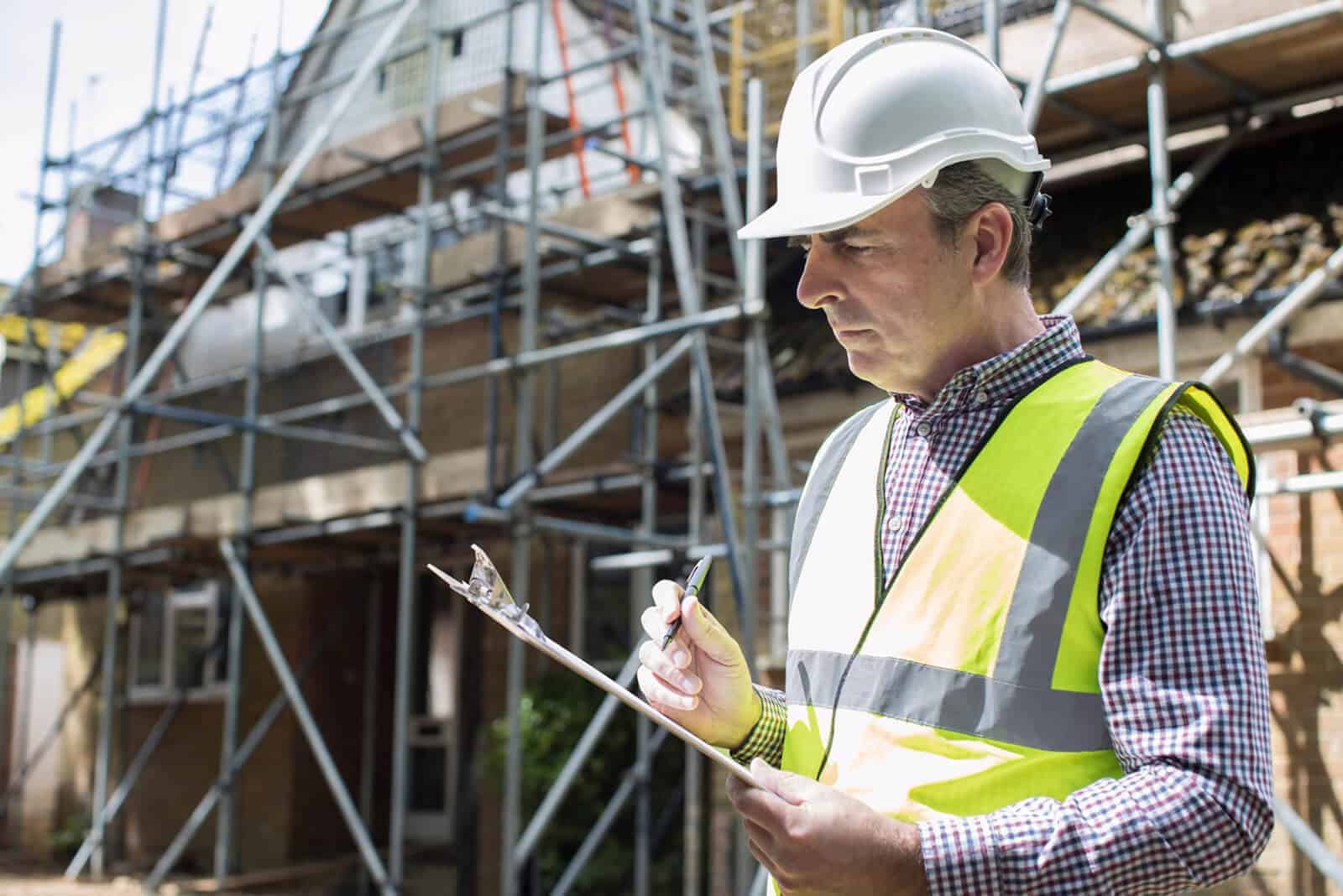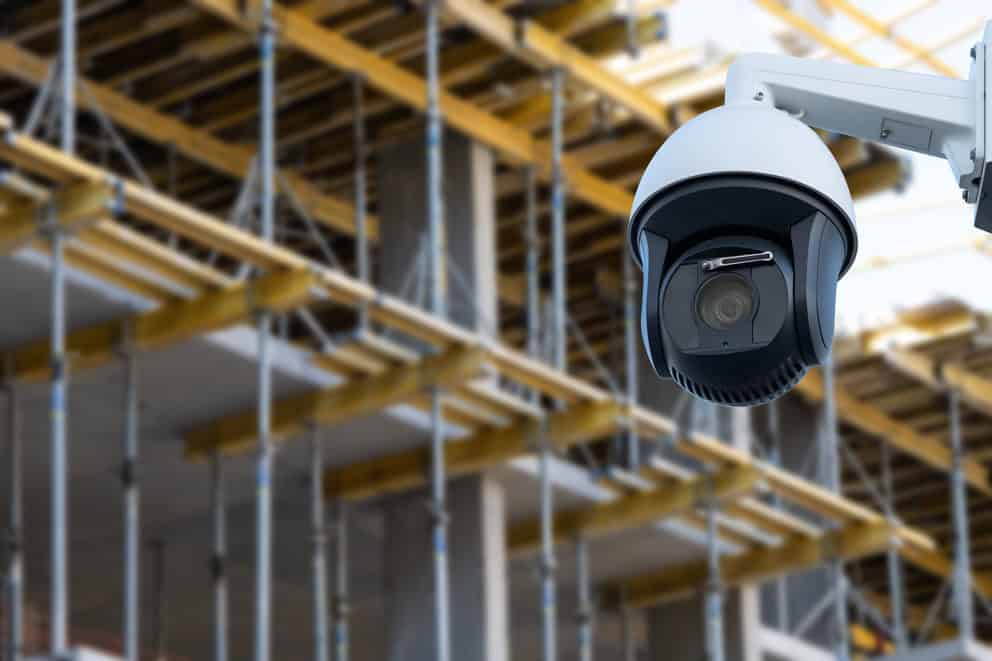
What Are Examples Of Successful Health and Safety Practices in Construction?
If you’ve read my previous blogs, you’ll know that properly managing health and safety can be a challenging and daunting task - however it is possible! In this blog, I’ll be explaining some examples of successful health and safety practices in construction that we can all learn from… and explaining what it takes to achieve them.
What Makes Health and Safety Successful?
There are many factors that can make or break the management of health and safety in construction and, therefore, the safety culture, accident rates, company reputation, employee wellbeing and contentment, and rates of attrition.
Here’s what to look for.
Management Buy-In
Are all your directors, managers, supervisors, team leaders, and other stakeholders and duty holders aware of their responsibilities?
They should see the value in their health and safety role, and that of their peers, and actively endeavour to fulfill them.
Critical success factors such as financing and prioritisation of safety over productivity are dependent on this high level buy-in.
If key personnel are not convinced of the value of health and safety, it’s unlikely that anyone lower down the company hierarchy will - and it will be almost impossible to win hearts and minds and improve health and safety management and culture.
Employee Buy-In
Similarly, front-line employees need to be aware of the value of your health and safety practices, in order to not only comply with them, but take an active role in improving them.
It’s a lot easier to implement successful health and safety practices in construction if employees are actively willing to cooperate, rather than begrudgingly towing the line.
Sufficient Resourcing
With all the will in the world, you will never have successful health and safety practices in construction without sufficient resourcing.
This means that projects, safety controls and investments need:
- proper funding (sufficient to fully accomplish the objective, with some left over for budget overrun).
- the right people allocated to achieving the company objectives (not just the one person who has time - they must be competent).
- allocating enough time, at the right time of day (so not only giving the proper amount of time to a person to complete a project, but also letting them do this at productive hours rather than only during overtime for example).
- Appropriate equipment provision - the right tool for the job is essential to work safely.
Appropriate Training
Successful health and safety practices in construction rely heavily on proper training.
All employees need to be aware of the risks in their workplace and how to avoid coming to harm as a result of them.
This can be achieved through initial induction, work area familiarisation, on-the-job training in routine tasks and equipment use, and specialist training in specific roles or equipment use.
Employees with a role in managing health and safety should ideally have a minimum of an IOSH qualification (or equivalent) in order to understand how to effectively achieve their objectives, likewise senior management should have higher level IOSH or NEBOSH GC qualifications so that they not only understand how to manage safety but also, why, from a legal perspective.
Adequate Health and Safety Management Systems
Once you’ve got the right people managing safety, they’ve been given time of day and a good budget and have been on the right training course - they’ll need to have robust health and safety management systems in place to support them.
This will include:
- Document control and indexing/storage system,
- Policies, procedures, work instructions and RAMS in place,
- Employee record and training file organisation,
- Risk assessment programmes,
- COSHH management programmes,
- Workplace inspection regimes,
- Auditing schedules,
- Hazard/accident/incident reporting systems,
- Health and safety performance monitoring systems.
These can often be rolled into a single or handful of computer based systems which combine these elements into interlinked modules, making health and safety management a lot simpler.
Sound Advice
Successful health and safety practices in construction don’t happen by accident.
Most often they are the result of careful planning and implementation, based on sound advice given by an experienced, trained professional.
This person may be an in-house resource, or you may choose to outsource this to a consultant or health and safety management firm, such as Majestic Site Management.
This is often the preferred method of assuring sound advice and decision making as the responsibility and liability lies with the third party advisor; this route can also be more cost effective than employing someone full-time to manage safety full time, if your company or project size is small.
This being said, even the largest firms, with full in-house safety teams, need to call upon an expert every once in a while.
Examples Of Successful Health and Safety Practices in Construction
Now you know what to look for, here are some real-world examples of successful health and safety practices in construction.
Droning On
Instead of carrying out high-level building inspections in person, Yorkshire Housing began using remote controlled drones to inspect roofs and other high level assets.
This eliminates the risk associated with high-level access and is more cost effective too.
With falls from height being the biggest cause of workplace deaths in the UK, any steps taken to reduce work at height are worthwhile.
Secure Sites
New technology from ASSA ABLOY is being utilised throughout construction sites to ensure site security, reducing the risk of unauthorised access and associated accidents.
Their biometric recognition solutions enable site managers to track who is on site - vital information when carrying out site evacuations.
Trusted Training
Several organisations throughout the UK have received Mowlem Award grants to be spent on training their workforce in construction site safety.
The grants are provided by the BC&E Charitable trust and are given to organisations that demonstrate significant achievements in the training or promotion of health and safety in construction.
These awards can contribute toward proper resourcing of construction projects and improved training- both leading to a strengthened safety culture on site.
Majestic Site Management Training & Advice
Here at Majestic, we’ve recently launched our new in-house training room, allowing groups and individuals to escape the workplace and focus on gaining the knowledge and understanding required to work safely and successfully manage safety.
Courses start at just £140 per person and provide accredited training for all employee levels.
Titles include:
- Health & Safety Awareness
- Site Managers Safety Training Scheme (refresher also available)
- Site Supervision Safety Training Scheme (refresher also available)
- Temporary Works Coordinator Training Course (refresher also available)
- Temporary Works Supervisor Training Course
- Site Environmental Awareness Training Scheme
Examples of successful health and safety practices in construction occur as a result of careful planning and management - and you have the power to make them happen. Give Majestic a call to see how we can help you to successfully manage risk and keep your workforce safe.

With over 30 years’ experience in the construction industry, Lee offers more than just a helping hand to keep your project on track. Majestic Site Management also specialises in site compliance, and health and safety, with a long-list of credentials to prove it. Connect with Lee on LinkedIn >>


